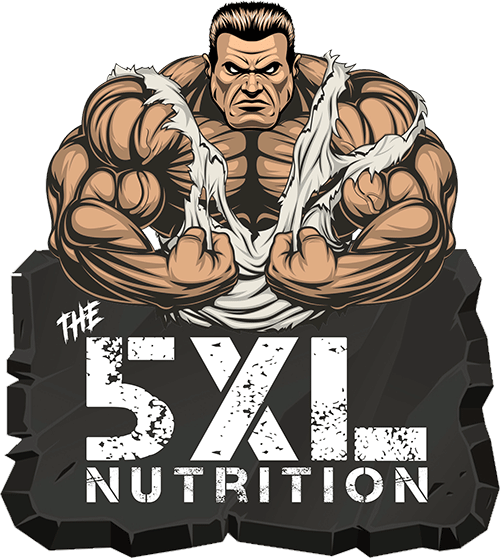Why Protein Comes With Flavours
Protein powder has become one of the most popular supplements among fitness enthusiasts, athletes, and even people who simply want to maintain a healthy lifestyle. When you visit the market, you’ll find shelves lined with chocolate whey, vanilla whey, cookies & cream isolate, strawberry blends, and many more good flavours. But have you ever wondered: why does protein powder come in so many flavours? Wouldn’t it be easier to sell it plain and unflavoured?
The truth is, flavoured protein powders serve multiple purposes. From enhancing taste to increasing consistency of use, flavours make protein supplements much more appealing and sustainable for daily consumption. Let’s dive deeper into the reasons.
Natural Taste of Protein Powder Is Bland or Unpleasant
The first and most important reason for flavours in protein powder is taste masking.
- Whey protein isolate or concentrate in its pure form has a bland, sometimes slightly bitter or milky taste.
- Plant-based proteins like pea, soy, or rice protein can have an earthy or chalky aftertaste.
- Without flavours, most people find it difficult to consume them daily.
By adding natural or artificial flavours, brands transform an otherwise boring product into something you can look forward to drinking every day.
Consistency in Usage
Supplements only work if you take them consistently. Many people stop using protein powders after a few days because they can’t tolerate the raw taste. Flavours solve this problem by making protein powder:
- Enjoyable and dessert-like (chocolate, vanilla, cookies & cream).
- Refreshing and fruity (mango, strawberry, pineapple).
- Exciting with seasonal options (pumpkin spice, mocha latte).
This way, you never get bored, and your daily protein intake becomes a habit instead of a chore.
Catering to Consumer Preferences
Fitness is no longer limited to athletes – even teenagers, working professionals, and older adults are using protein supplements. Naturally, everyone has different taste preferences.
- A gym-goer might prefer rich flavours like chocolate brownie.
- Someone focused on weight loss may enjoy light fruity options like berry blast.
- Health-conscious individuals often go for unflavoured protein to mix in smoothies.
Flavours allow companies to target different segments of the market and give people the choice they expect.
Helps Reduce Sugar Cravings
For many people on a diet, giving up on sweets and desserts is the hardest part. Flavoured protein powders act as a healthy substitute for desserts.
- A scoop of chocolate whey shake can satisfy a sweet craving without excess sugar.
- Vanilla protein blended with oats, bananas, and milk feels like a milkshake but is far healthier.
- Protein mug cakes or pancakes made with flavoured powders double up as guilt-free desserts.
So, flavours not only make protein enjoyable but also help people stick to their weight loss or muscle-building goals.
Better Versatility in Recipes
Protein powders are no longer limited to shakes. People now use them in:
- Protein pancakes
- Protein oats
- Smoothie bowls
- Homemade protein bars
- Protein brownies and muffins
Here, flavoured powders add taste and depth to recipes without the need for extra sugar or cocoa. For example, chocolate whey makes brownies richer, while vanilla protein pairs perfectly with fruit smoothies.
Marketing and Brand Differentiation
From a business perspective, flavours help brands stand out in a competitive market. Every supplement company wants to offer something unique to attract customers.
- Some focus on dessert flavours like cookies & cream.
- Others create Indian-inspired flavours like kulfi, kesar pista, or mango lassi to connect with local tastes.
- Premium brands launch limited edition flavours (peppermint mocha during Christmas, pumpkin spice in autumn) to create hype.
This not only increases sales but also builds brand loyalty.
Do Flavours Affect Nutrition Quality?
One concern many people have is whether flavours reduce the nutritional value of protein powders. The answer depends on the brand.
- High-quality brands like 5XL Nutrition Whey Protein Isolate use clean flavouring agents, natural sweeteners, and ensure that protein content per scoop remains intact.
- Cheap or fake brands may add excess sugar, fillers, or artificial colours, which lowers quality.
That’s why it is always recommended to choose FSSAI-certified, clean-label brands when buying protein powders.
Flavoured vs. Unflavoured Protein Powder: Which Should You Choose?
Both have their pros and cons:
Flavoured Protein Powder
- Easy to drink as a simple shake.
- Great for beginners who dislike bland taste.
- Convenient for quick post-workout shakes.
Unflavoured Protein Powder
- Versatile – can be added to smoothies, oats, baking recipes.
- No extra sweeteners or flavouring agents.
- Ideal for people who want complete control over taste.
In short, if you want simplicity and taste, go for flavoured protein. If you like experimenting in the kitchen or want a cleaner option, unflavoured is the better choice.
Final Thoughts
Protein powder is one of the most effective and convenient ways to meet your daily protein needs. But the reality is – most people wouldn’t stick to it if it didn’t taste good. That’s where flavours come in. They make protein enjoyable, versatile, and sustainable for the long term.
So, the next time you pick up a jar of chocolate whey protein isolate or vanilla whey concentrate, remember: flavours are not just about taste – they are about making your fitness journey easier, sustainable, and more fun.
For the best experience, always choose trusted, clean-label brands like 5XL Nutrition Whey Protein Isolate, which deliver both great taste and uncompromised quality.
